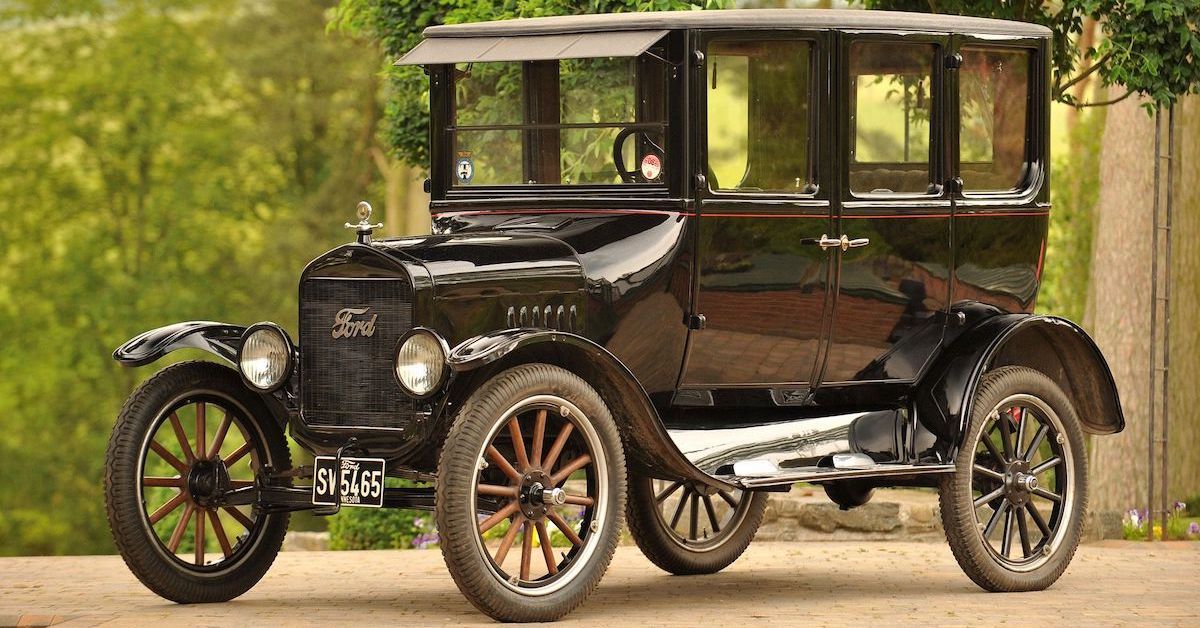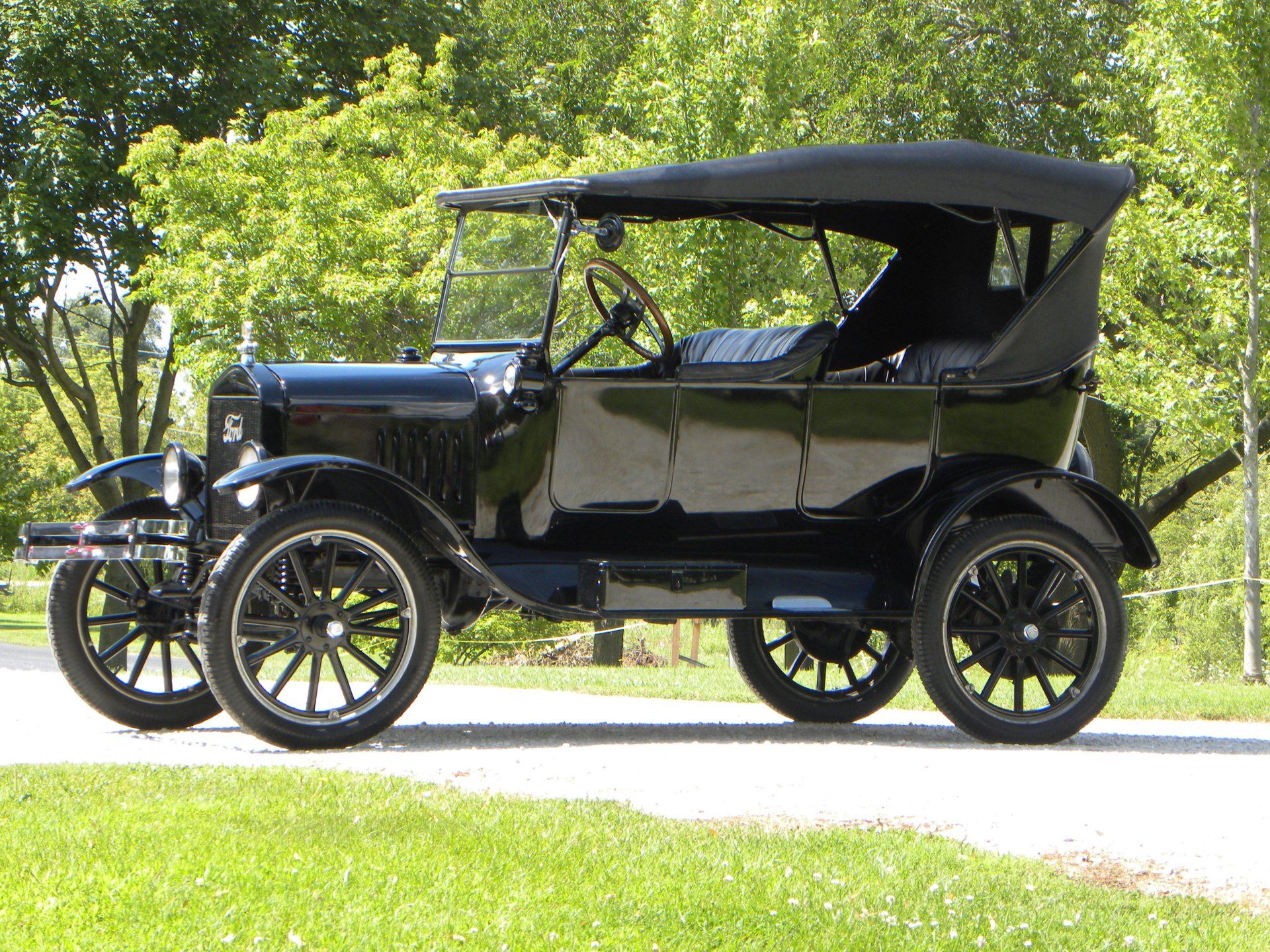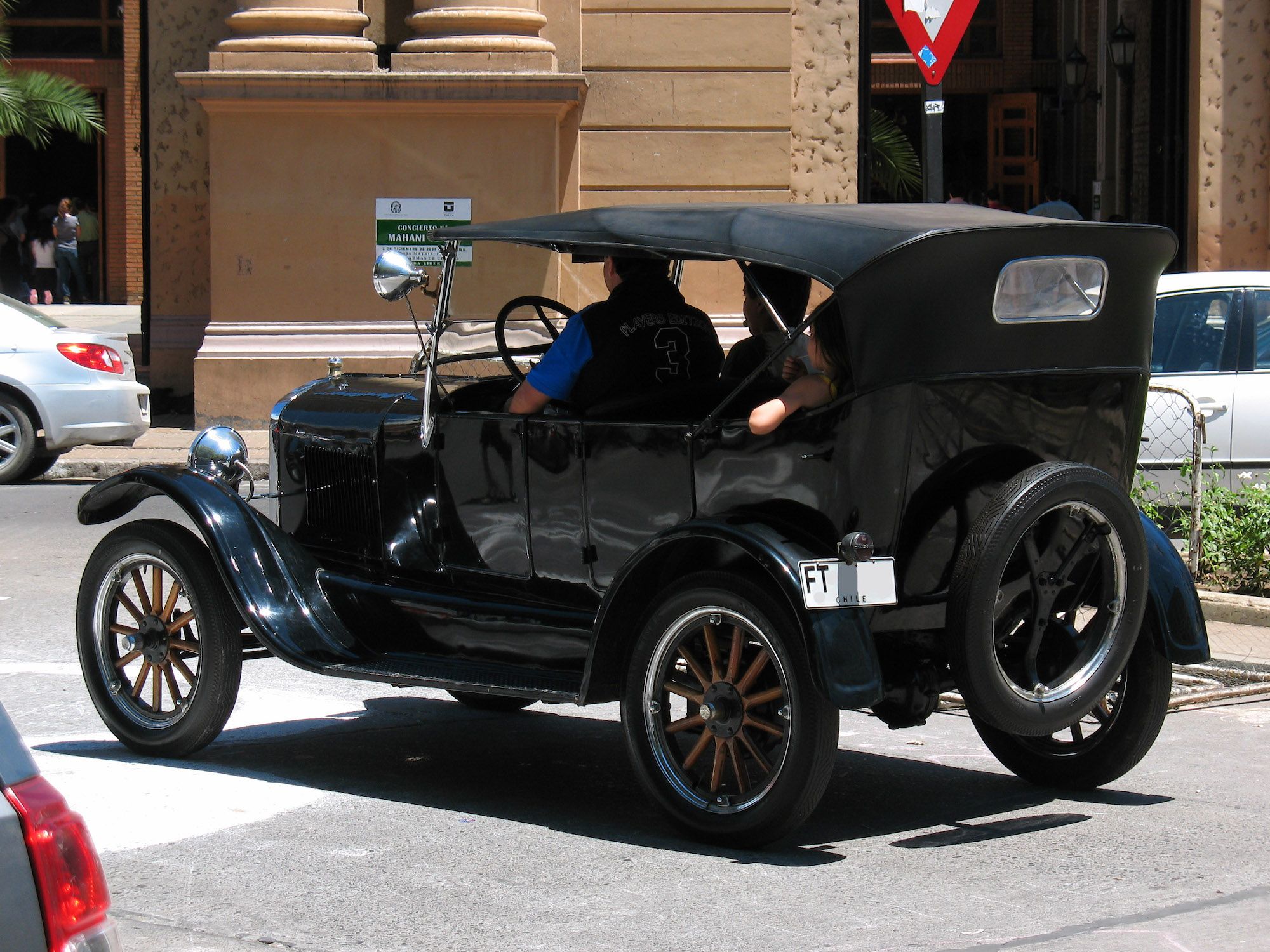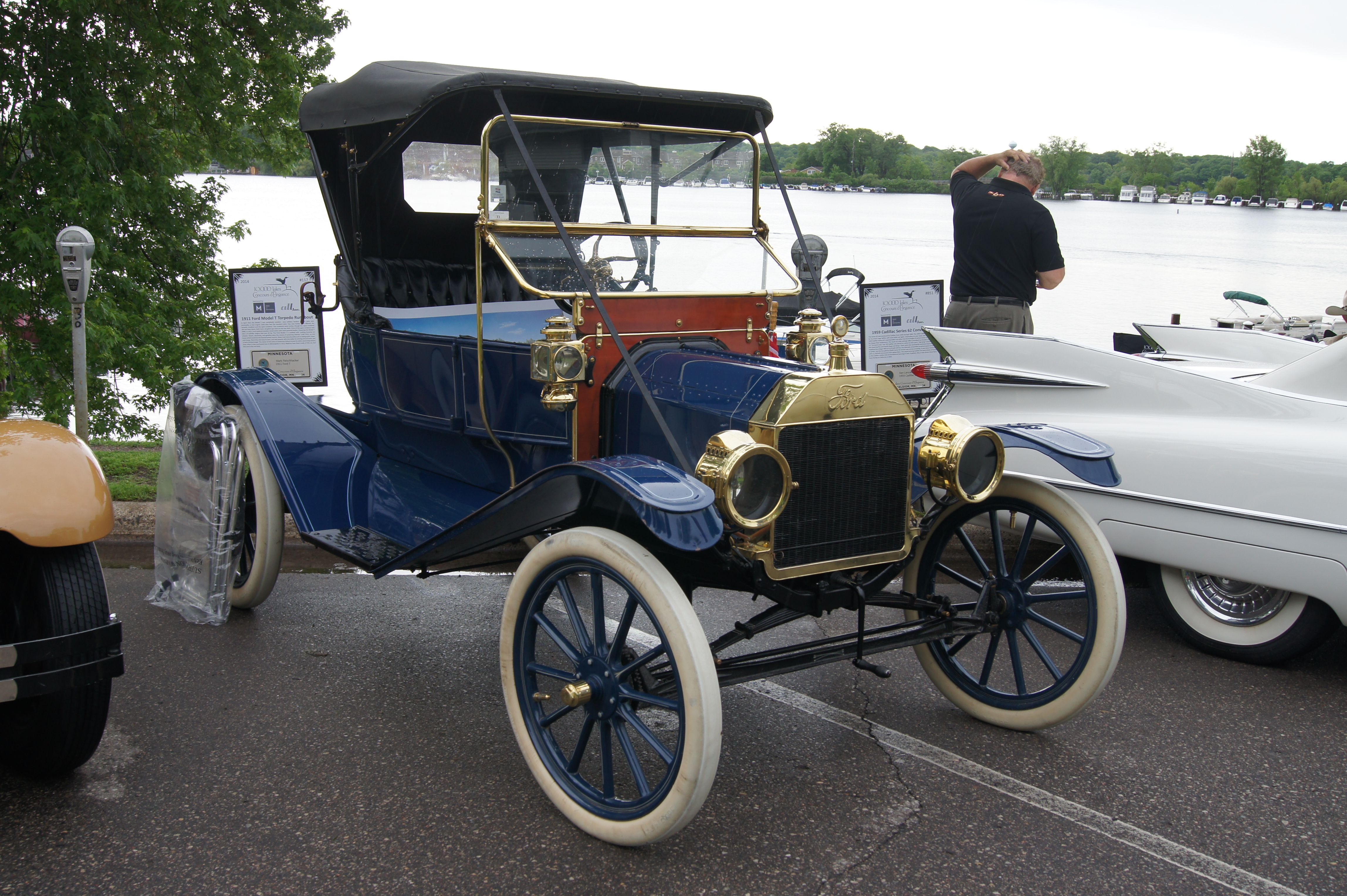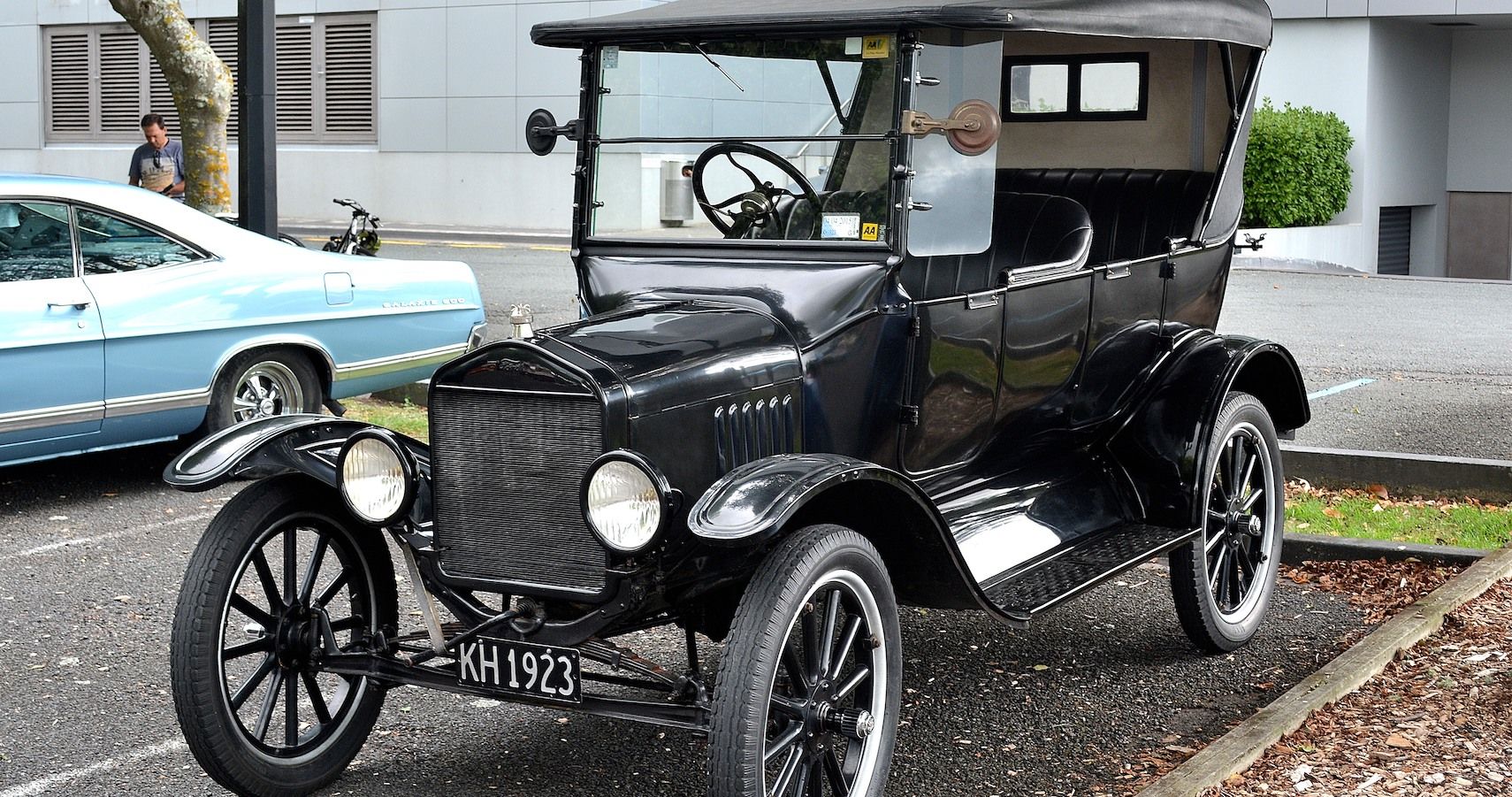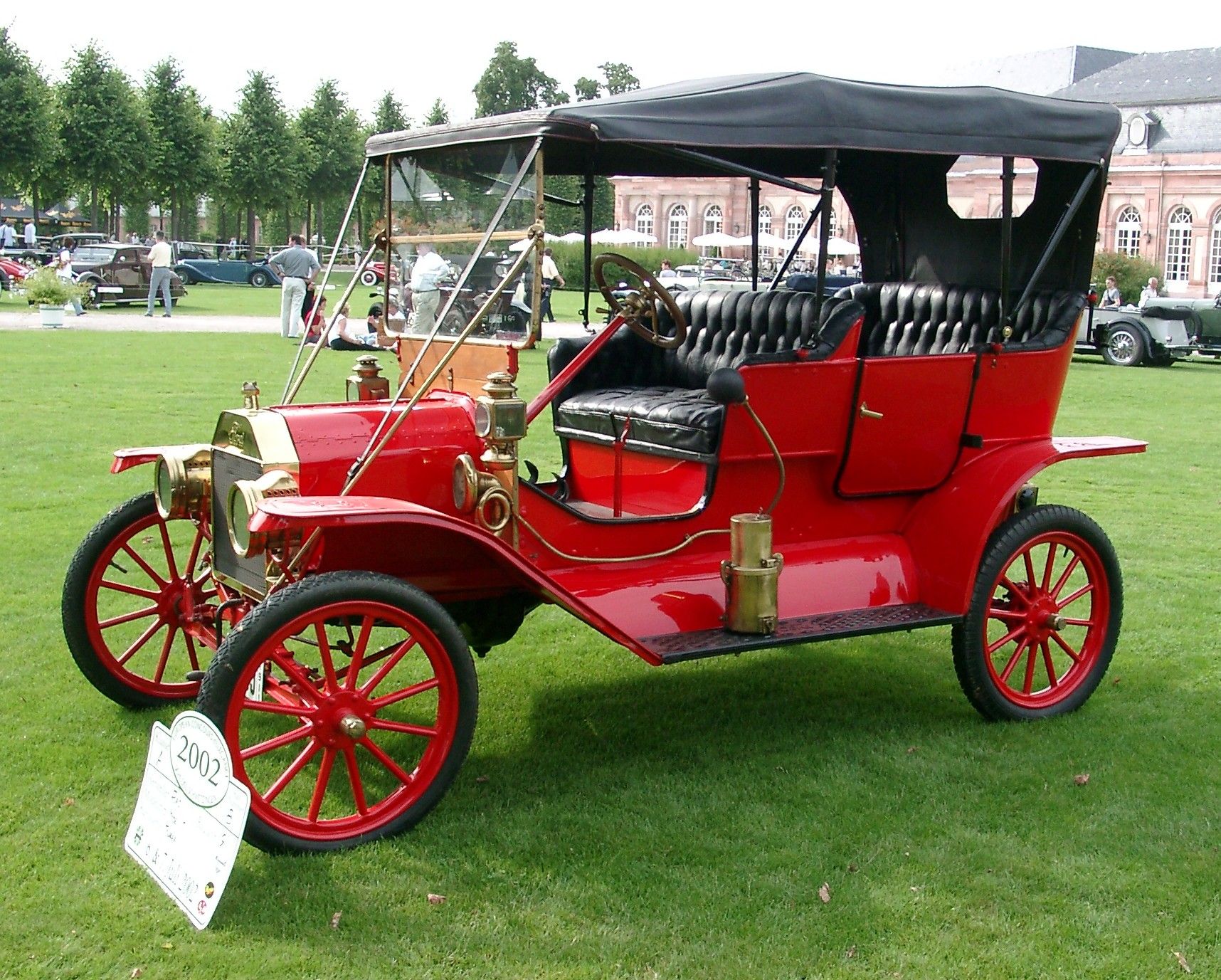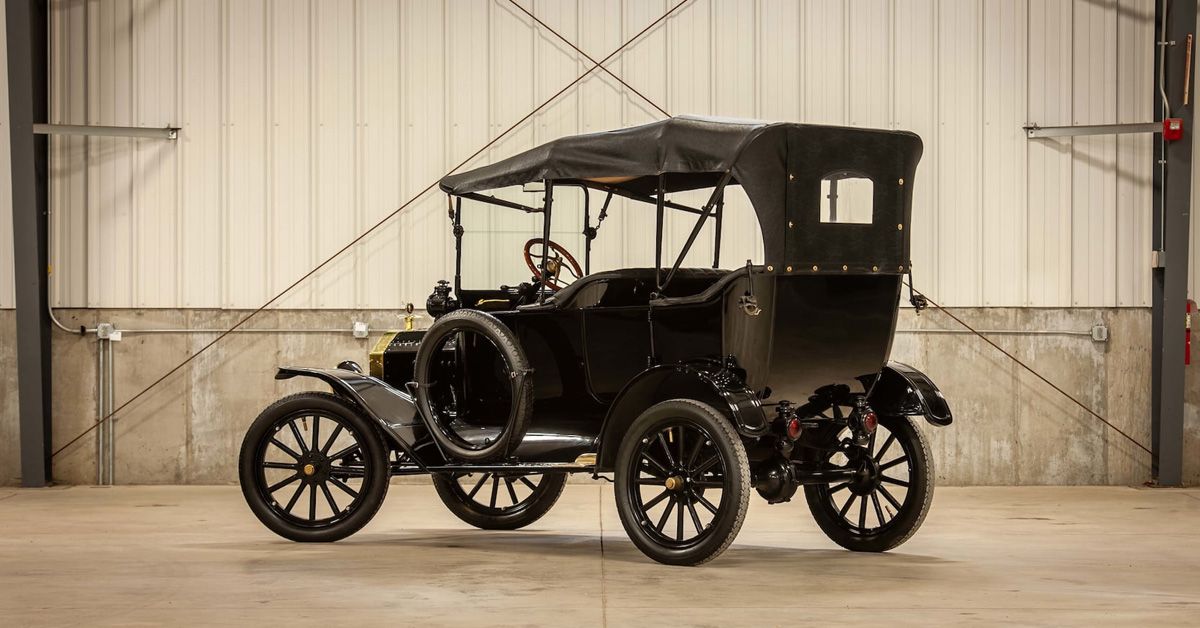Before the Ford Model T, cars were luxury items only the wealthy could afford. The average car cost about $1500 in 1908 - the equivalent of $30,000 today.
But when Henry Ford announced that he was setting up the world's first mass-production line, it signaled the beginning of an automotive revolution that would change the world forever.
The invention of the Model T was one of the most important events in automotive history, and its significance cannot be overstated. It brought affordable transportation to the middle class, drastically cut production costs, and led to unprecedented industrial expansion.
In addition, Henry Ford's revolutionary assembly line created entirely new methods of mass production that would forever change manufacturing practices around the world. The Ford Model T is an astonishing story of how automotive revolutionized the world, and it holds lessons for entrepreneurs even today.
The Background Story Of The Ford Model T
In 1903, just a few years after the automobile was invented, one of the most important cars ever built was created. Henry Ford's Model T transformed American life, but how did it happen? What were its origins, and how did they lead to it becoming so revolutionary?
Today, we can look back and see that the Model T had a huge effect on many aspects of our lives. It paved the way for urban sprawl, enabled small businesses like supermarkets and drug stores to open up, and changed the way we move goods around.
Its creation sparked advances in manufacturing, transportation, construction, and more. There are truly almost too many ways to describe how much impact Henry Ford's Ford Model T has had on society in general over 100 years since its creation.
By 1918, when production ended for good, over 15 million were sold in 14 countries. They were built in such massive numbers that many cities and towns have some sections with a street named after Henry Ford.
It's estimated that several thousand pieces of preserved vintage cars are still left in existence today. It truly was an astounding achievement by one man and his company: at a time when most vehicles didn't even have four wheels on them. This is an important part to explain how revolutionary Henry Ford's vision was.
The Ford Model T
The original Henry Ford set out to make a reliable, easy to operate, and inexpensive vehicle enough for almost everyone. At first, it looked like he'd succeeded. By 1917, there were a million Fords on America's roads, and more than half of them were Model Ts.
With their simple design—engine at one end, driver in front, passengers at the back—they had fewer moving parts than most cars did at that time (even today, basic engineering principles say that you should have as few points of failure as possible). The result? A car with low maintenance costs: drivers could pop on a new part in just a few minutes.
But then Henry Ford's engineers did something crazy. They came up with a car that didn't need many new parts. The 1919 model was still pretty much a Model T, but it had an all-steel body, and its engine bay was cast in one piece rather than assembled from pieces bolted together as in earlier models. All told, that year's cars were 17 percent stronger than those made two years before, making them much less likely to break down. And they were cheaper: even though they were better built, they cost only $170 or more than previous years' models did.
The bare-bones price for a new Model T in 1908 was $850, but most buyers ended up paying closer to $950. That price included everything needed from dealer showroom to road—front wheels, rear wheels, transmission, engine block, and chassis.
By modern standards, that might seem like a screaming deal for an entire car; by 1908 standards, it was a great price for just half a car. The next step was a basic two-passenger touring model that sold for around $1,250—about $10,000 in today's dollars. You could save yourself about half that amount by buying just the bare-bones chassis and adding your bodywork at home.
For comparison, a similarly sized car from another automaker cost about $850 to $900 at that time. In 1908, you could also buy an entire Cadillac touring car for around $1,400 (about $17,000 in today's dollars), while a basic touring-car kit—body and chassis separately—cost just under $400 (about $6,200 in today's dollars).
Going bare-bones didn't necessarily save you money when it came to cars. Even though Ford was taking a serious bite out of GM's market share, he still didn't have enough volume yet to make a dent on overall sales figures.
The Impact Of The Ford Model T
From horse-drawn carriages to modern cars, it's been a long road. And while transportation has certainly come a long way since pioneers started tinkering with steam engines, it wasn't until Henry Ford, and his revolutionary Model T came along that cars became affordable for most people.
More than just providing a faster means of transportation than horses could provide, mass production made auto ownership possible for everyone, not just America's elite. Imagine traveling from one city to another without an actual map! It was a truly liberating experience.
Today, we don't think twice about hopping in our cars and driving to wherever we want—the freedom alone is enough to make most people sing hallelujah! But there were only 14 years between when Ford first introduced his Tin Lizzie and when annual sales topped half a million vehicles; even adjusted for inflation, it was a staggering accomplishment.

